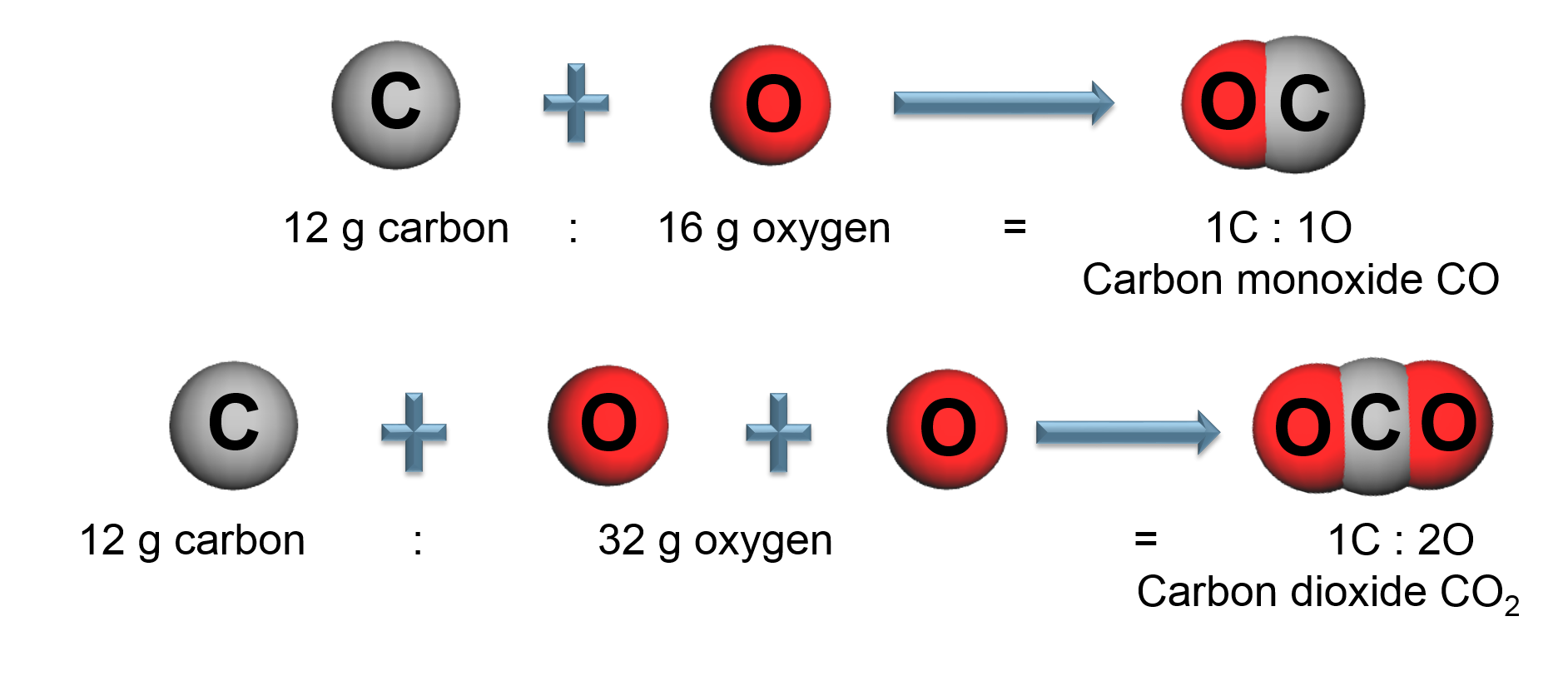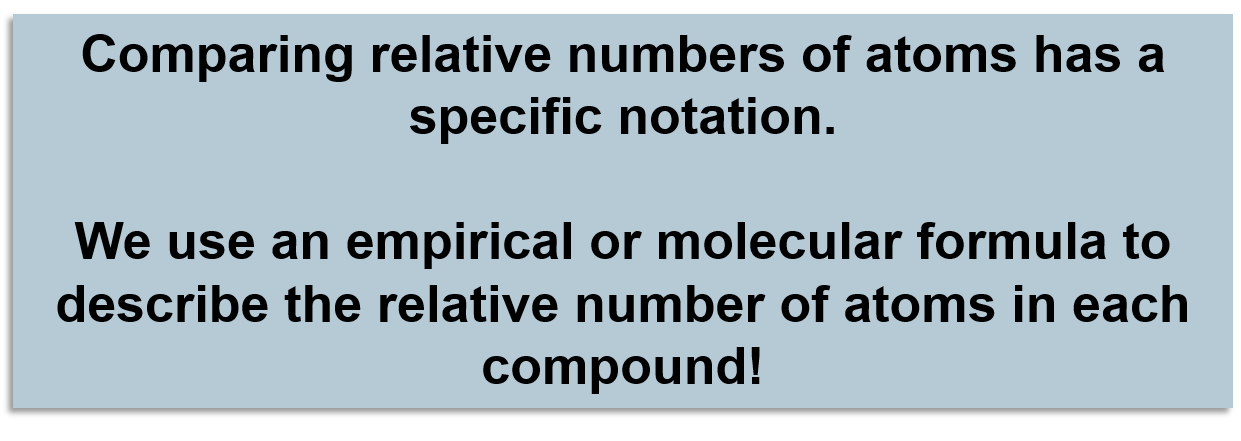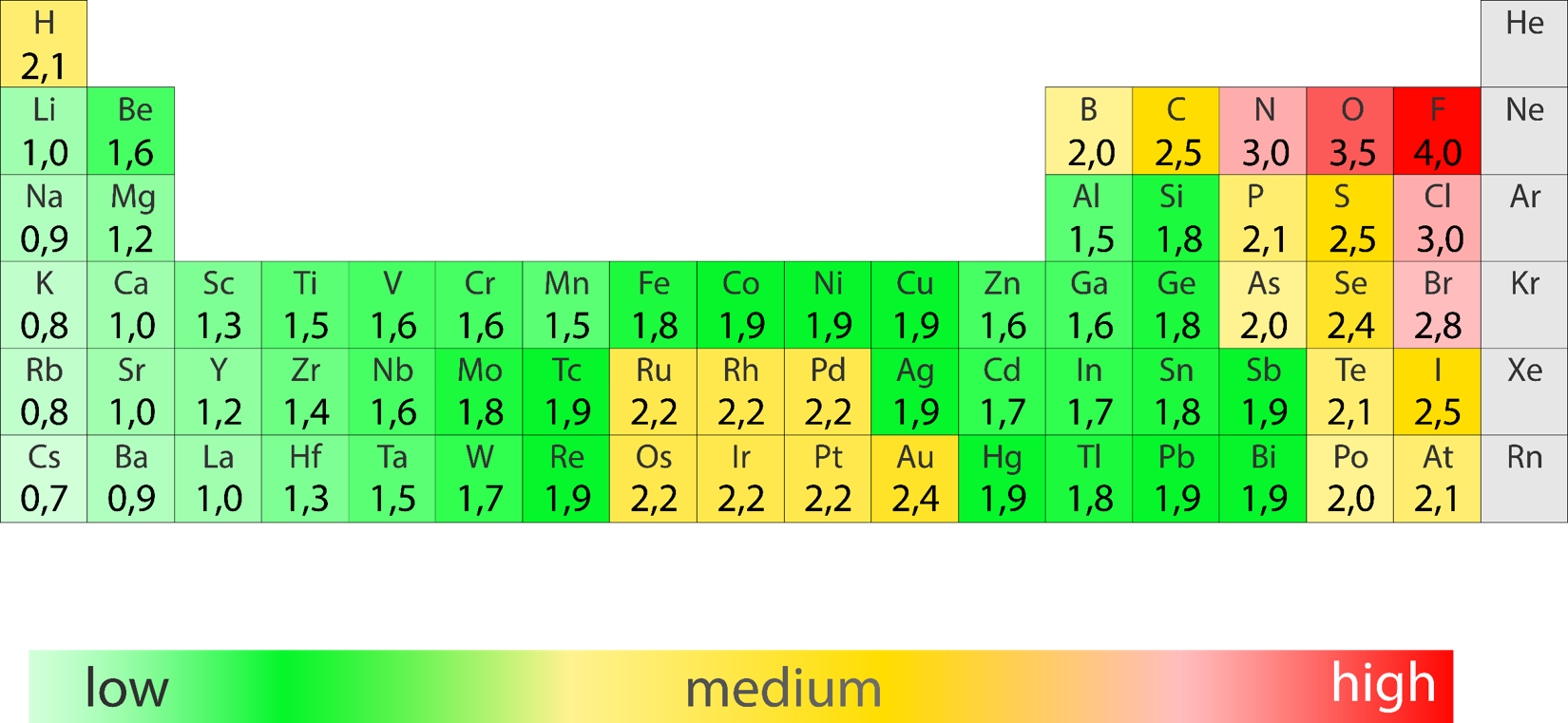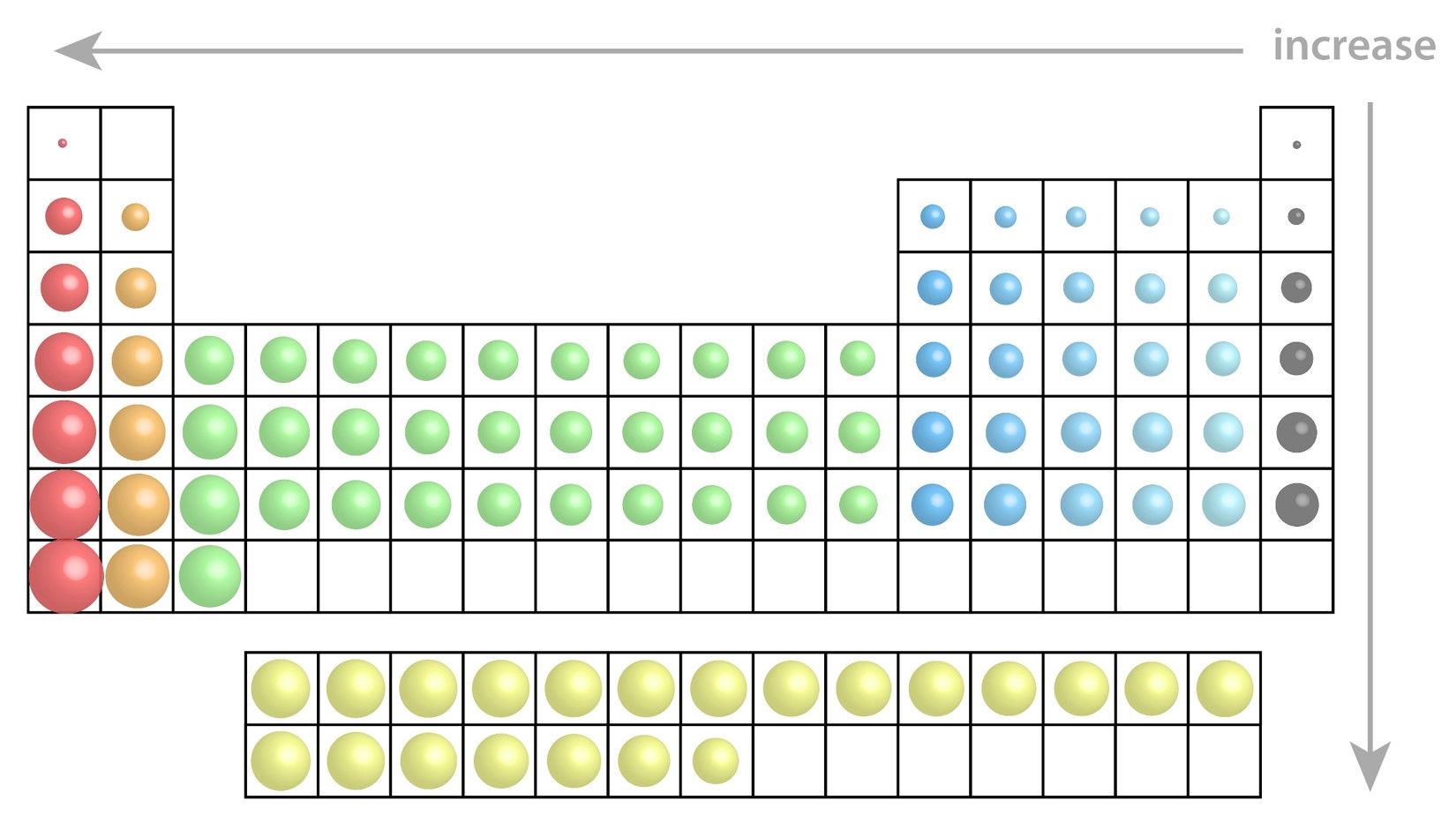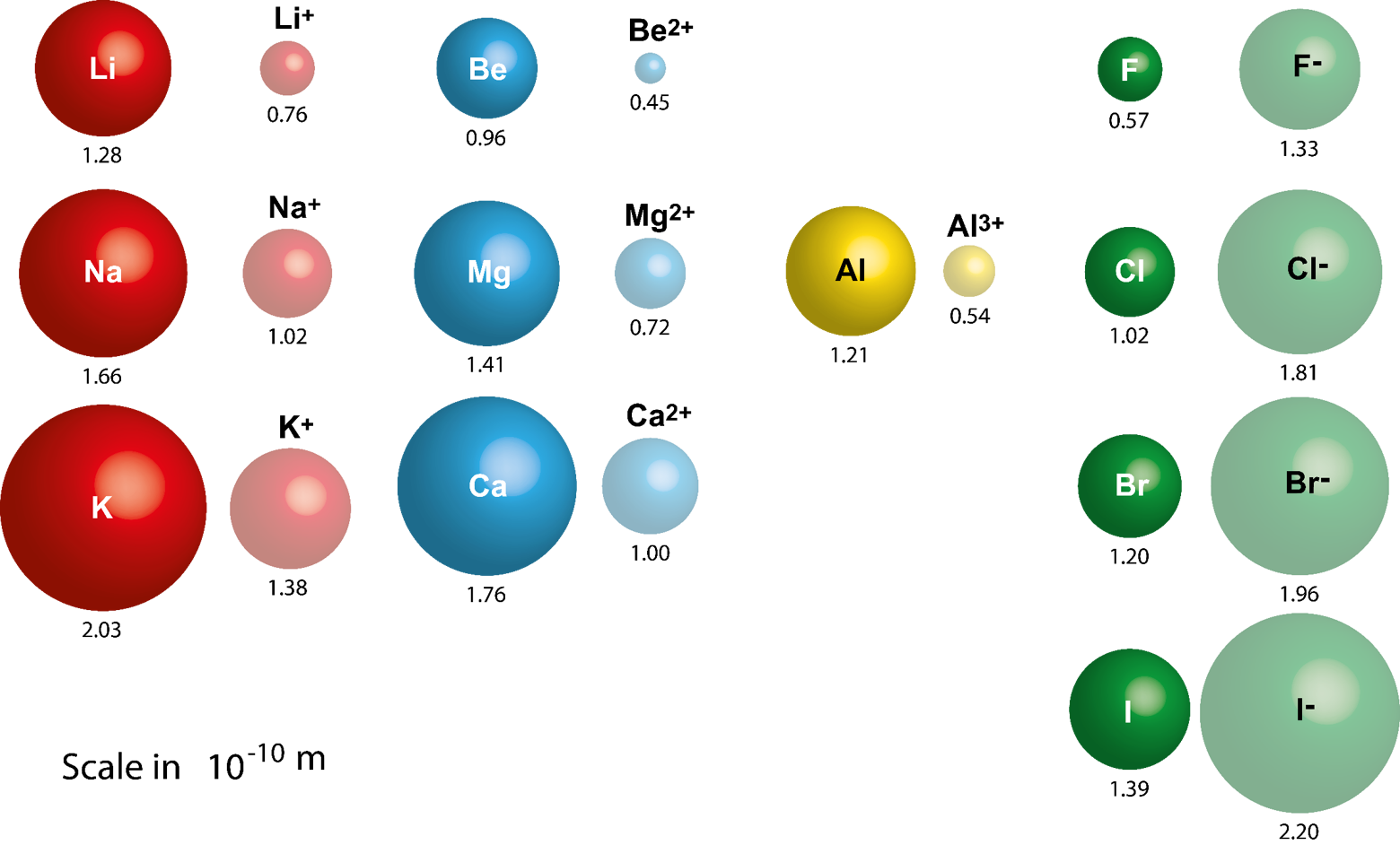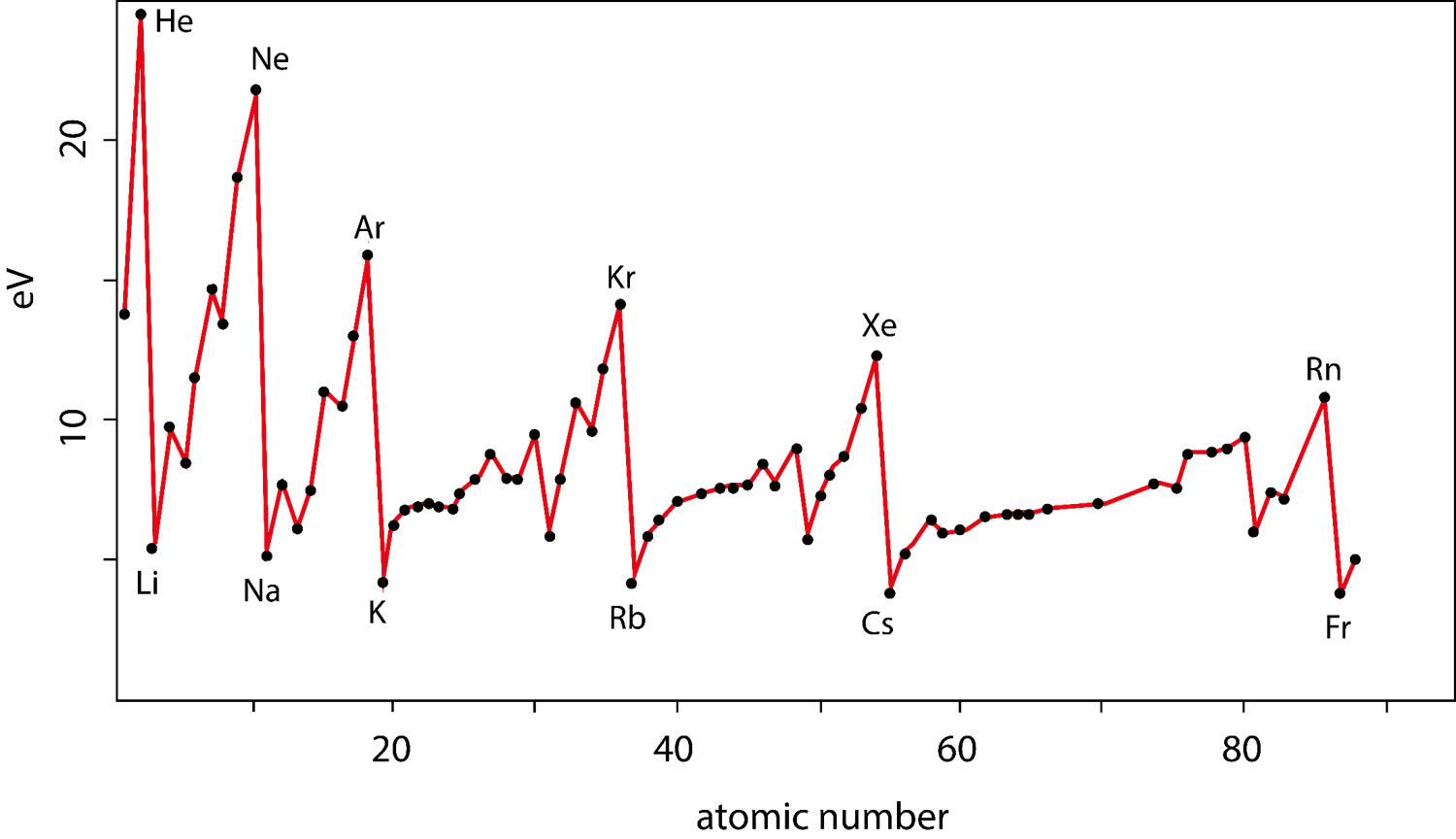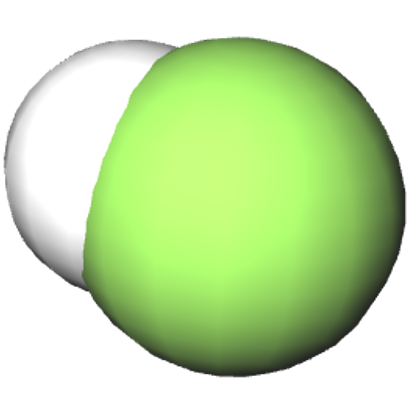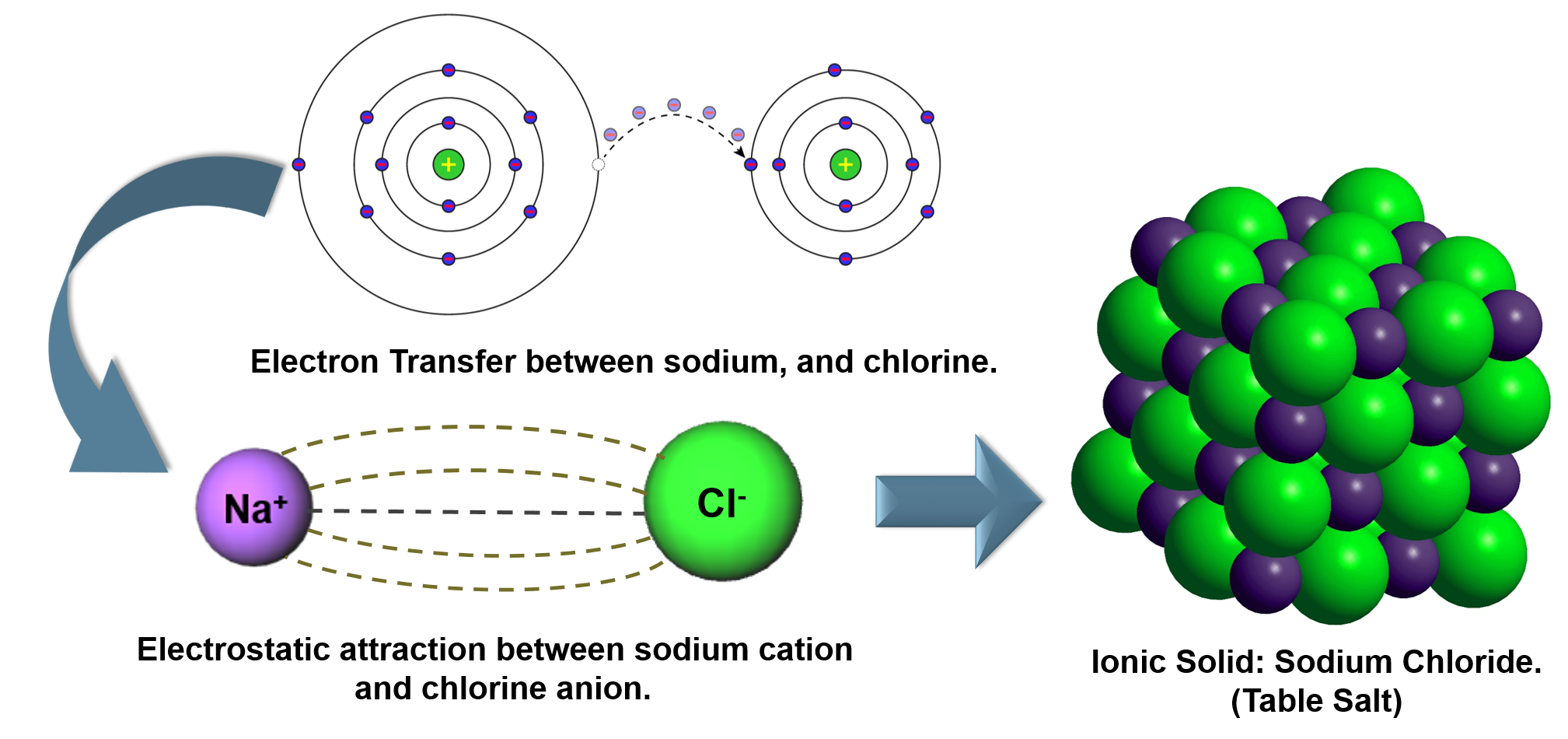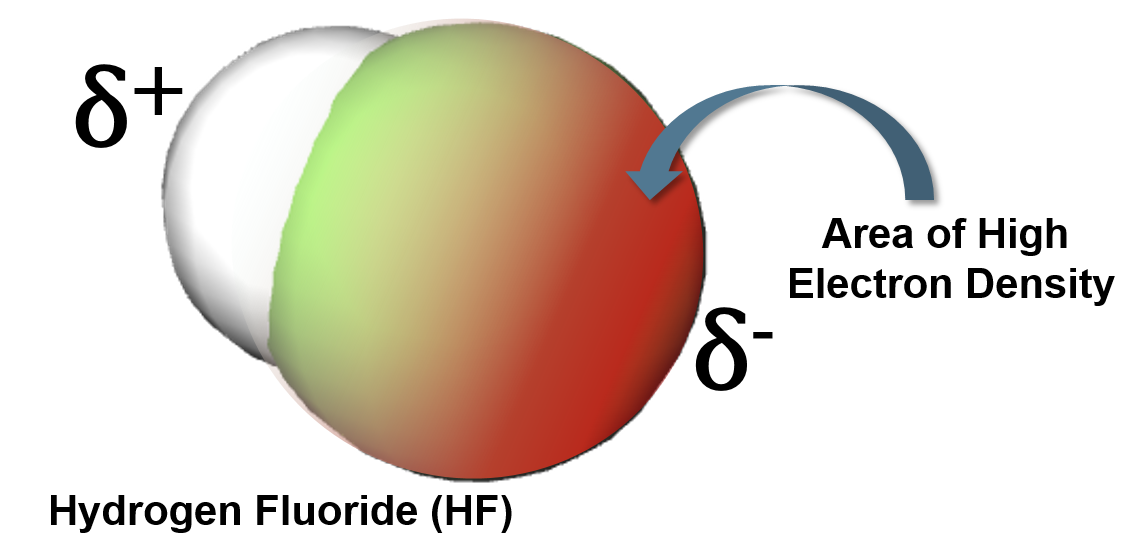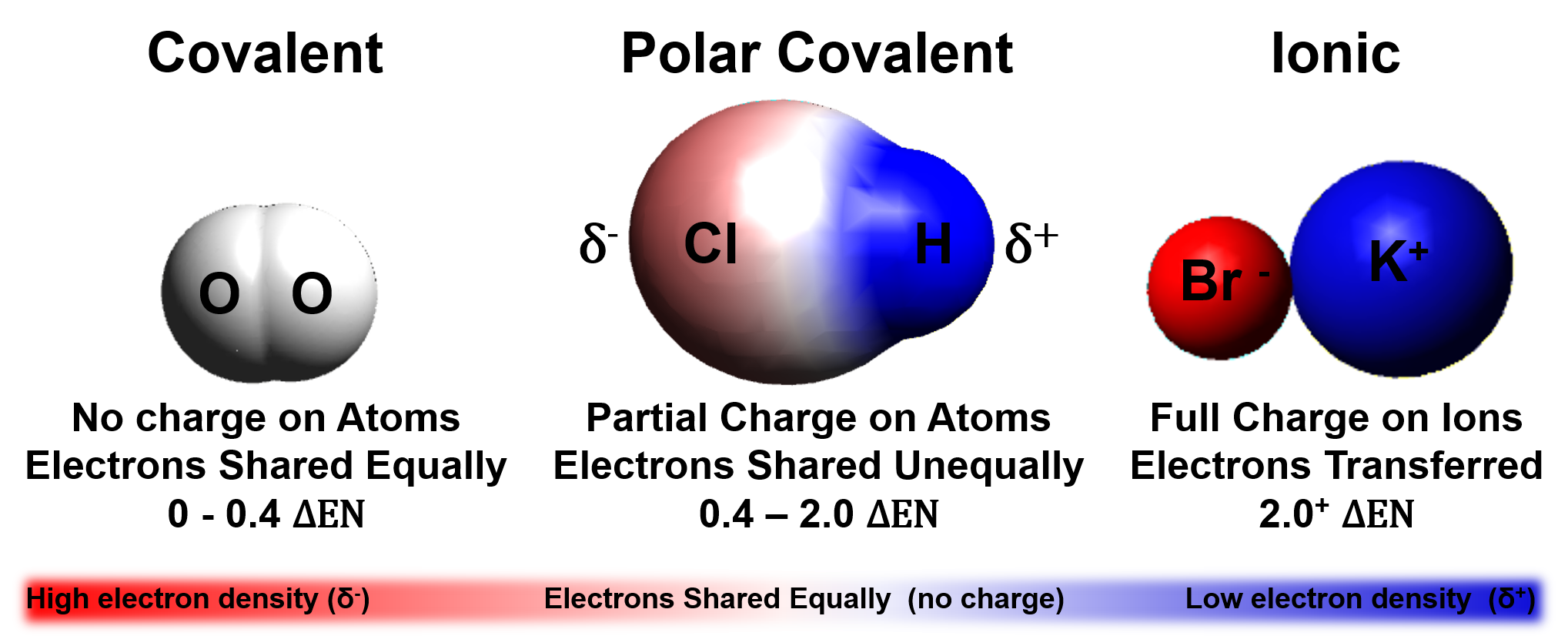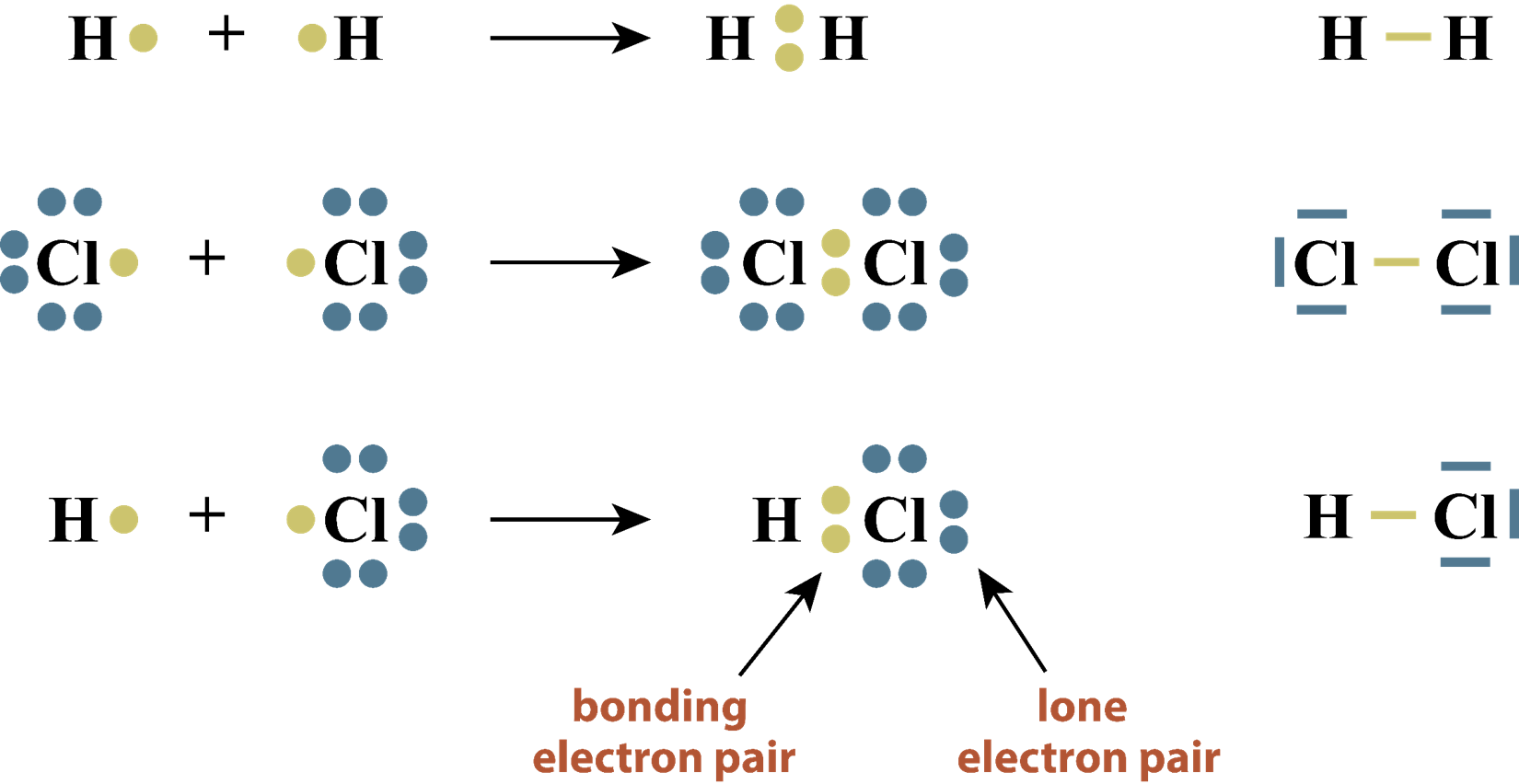6 Building the World
Quantifying Chemical Compounds
The Law of Multiple Proportions
Elements combine in different ways to form substances whose mass ratios are small whole number multiples of each other.
The Law of Definite Proportions
All samples of a pure chemical substance always contain the same proportion of elements by mass regardless of their origin.
By mass, Carbon dioxide (![]() ) is: 73% Oxygen and 27% Carbon
) is: 73% Oxygen and 27% Carbon
All carbon dioxide is chemically the same in every location.
Return of the Mole!
1 mole of carbon dioxide ![]() a mass of :
a mass of : ![]()
Numbers of moles IS A DIRECT COMPARISON of the relative number of atoms or molecules!
The mole is used extensively in chemical problems because numbers of atoms can be compared!
Empirical Formula Vs. Molecular Formula
Empirical Formula |
Molecular Formula: |
NOTE |
|
The lowest whole integer numbers representing an atomic ratio of a molecule using a chemical description. Empirical Formula of hydrogen peroxide: |
A chemical description of the actual complete molecule. Molecular Formula of hydrogen peroxide: |
Some compounds have empirical and molecular formulas that are the same. Empirical Formula of water: |
Periodic Trends
We know: |
Periodic Trends: |
| The periodic table is organized to help predict the properties of elements. Elements down a column have similar chemical properties. |
The periodic table is organized to help us determine useful information about elements. For example: atomic radius, electronegativity, and ionization energy. Learning periodic trends can help us understand why certain elements have the properties we observe. |
Electronegativity
| The ability of a bonded atom to attract electrons | Moving down a column on the periodic table electronegativity decreases | Moving across a row on the periodic table electronegativity increases |
| The difference in electronegativity determines bond type |
Electronegativity differences (ΔEN) for bonded atoms can be calculated by subtracting the least electronegative atom from the atom with the highest electronegativity. |
For hydrochloric acid (HCl): Electronegativity of Cl=3.0 Electronegativity of H=2.1 ∆𝐄𝐍=𝟑.𝟎-𝟐.𝟏=𝟎.𝟗 |
Atomic Radius
| Is the bonding radius determined from averaging measurements of many compounds and molecules | The bond length of a two bonded atoms is determined by adding their bond radii | Moving down a column on the periodic table the principle quantum number (n) of the outermost electrons increases, orbitals are larger, therefore the atomic radii are larger. | Moving across a row the electrons in the outermost shell feel the charge from the nucleus more strongly. Electrons are closer to the nucleus, orbitals are smaller, therefore the radii are smaller |
On the periodic table bond radius increases down a column.
On the periodic table bond radius decreases across a row.
Atomic Radius and Ions:
| An atom that has lost an electron (cation) will have a smaller radius than the neutral atom. Fewer electrons = smaller electron cloud = smaller ionic radius. | An atom that has gained an election (anion) will have a larger radius than the neutral atom. More electrons = larger electron cloud = larger ionic radius. |
Cations have a smaller ionic radius than the neutral atom.
Anions have a larger ionic radius than the neutral atom.
Ionization Energy
| The amount of energy required to remove one electron from an atom (or ion) in a gaseous state. | Moving down a column on the periodic table the principle quantum number (n) of the outermost electrons increase, orbitals are larger, therefore it takes less energy to remove an electron because they are farther from the nucleus. | Moving across a row the electrons in the outermost shell feel the charge from the nucleus more strongly, orbitals are smaller, therefore it takes more energy to remove an electron because they are closer to the nucleus. |
On the periodic table ionization energy decreases down a column.
On the periodic table ionization energy increases across a row.
Examples
Example 1
What is the molar mass of copper sulfate ![]() ?
?
Example 2
How many molecules of copper sulfate ![]() are in a 200 mg sample?
are in a 200 mg sample?
Example 3
How many grams of copper are in a kilogram of copper sulfate ![]() ?
?
Example 4
What is the empirical formula of a compound containing 94% oxygen and 6% hydrogen by mass?
Example 5
A compound with the empirical formula ![]() is found to have a molar mass of
is found to have a molar mass of ![]() , what is the molecular formula?
, what is the molecular formula?
Problem Set
Below are two documents. One is practice problems, the second is the same problems with solutions.
They can be downloaded and changed to suit your needs.
| Problem Set | Problem Set Solutions |
Quiz
Chemical Bonding
Chemical Bonding Terminology
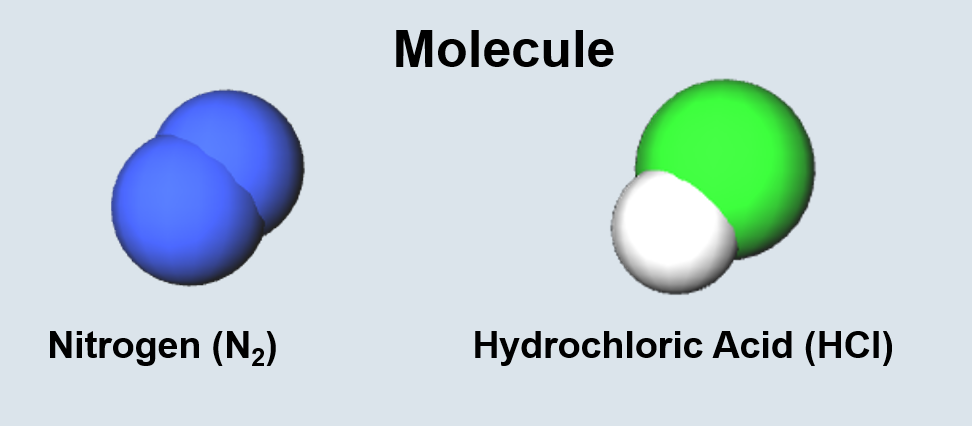 |
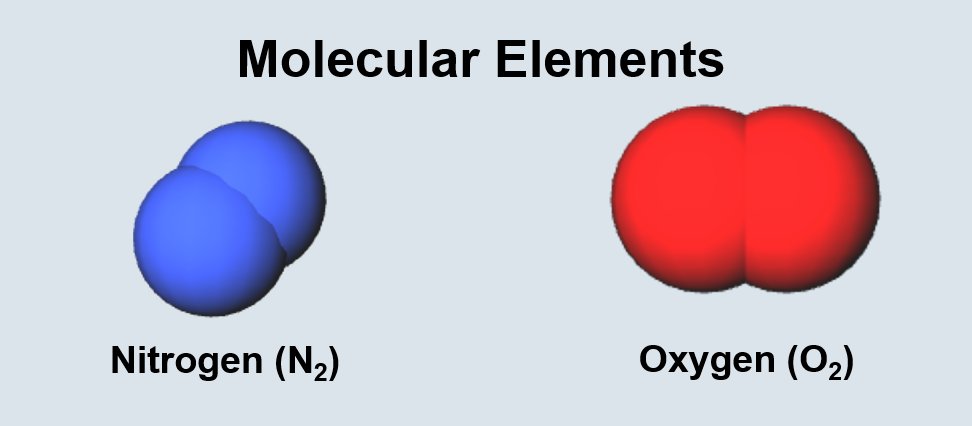 |
| Two or more bonded atoms. | Two or more bonded atoms of the same type. |
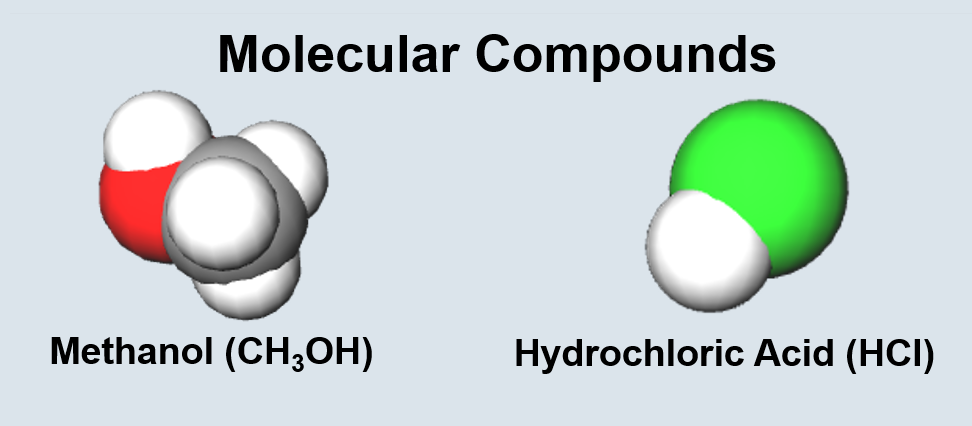 |
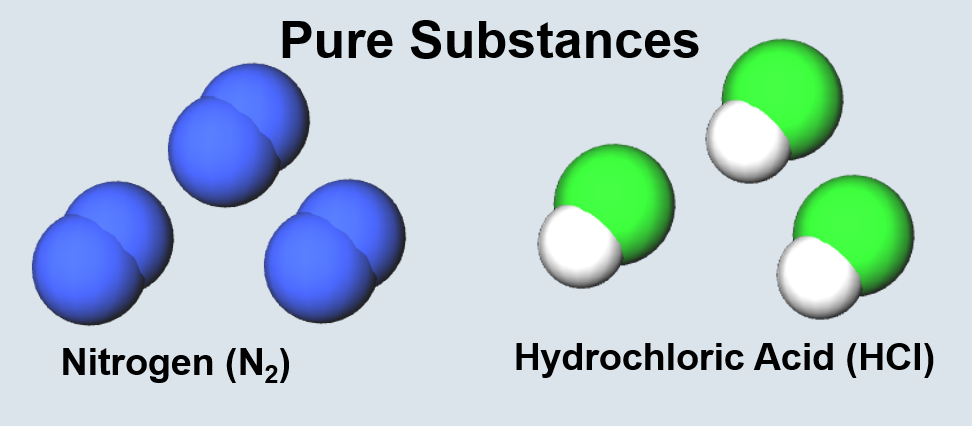 |
| Two or more bonded atoms of different types. | Two or more molecules or atoms of the same type. |
Chemical Bonding
Classes of Chemical Bonding
Ionic Bonding
We know: |
Ionic bonding: |
|
Metals have tendency to lose electrons, forming cations. Nonmetals have a tendency to gain electrons, forming anions. Metals and nonmetals want to attain the nearest noble gas configuration. |
When metal and nonmetal atoms approach each other an electron transfer takes place. The metal transfers its electron(s) to the nonmetal so both elements reach the nearest noble gas configuration. The charged ions are then attracted to each other due to electrostatic forces. |
Electrostatic Attraction Between Ions = Ionic Bond
Covalent Bonding
We know: |
Covalent Bonding: |
| Atoms will try to attain a noble gas configuration. Valence electrons are the electrons in the outermost shell of an atom. |
Nonmetals will share valence electrons to satisfy a noble gas configuration. |
Nonmetals Sharing Electrons = Covalent Bond
Electron Sharing in a Hydrogen Molecule
Electron are shared equally between the two atoms
Polar Covalent Bonding
We know: |
Polar Covalent Bonding: |
|
An atom’s electronegativity is a measure of how well it attracts electrons to itself while in a chemical bond. The difference in electronegativity between two bonded atoms can be calculated. |
A covalent bond between atoms that have a significant difference in their electro-negativities. Polar covalent bonds have unequal electron sharing between atoms. |
Nonmetals Sharing Electrons Unequally = Polar Covalent Bond
| Molecules that have unequal electron sharing have partial charge separation. | The atom in a molecule that is more electronegative will have a larger electron density and a slight net negative charge delta negative ( |
The atom in a molecule that is less electronegative will have a smaller electron density and a slight net positive charge delta positive ( |
Electronegativity and Bond Types
The electronegativity difference (![]() ) between bonded atoms can be used to identify which type of bond exists in a molecule.
) between bonded atoms can be used to identify which type of bond exists in a molecule.
Electronegativity Differences and Bond Type
| ( |
Bond Type | Example |
| 0.0-0.4 | Covalent (no charge on atoms) | |
| 0.4-2.0 | Polar Covalent (partial charge on atoms) | |
| 2.0 + | Ionic (full charge on ions) |
Valence Electrons and Bonding
We know: |
Valence Electrons: |
Valence Electrons Continued: |
| Valence electrons are the electrons in the outermost shell of an atom. |
The valence electrons are the electrons involved in chemical bonding between atoms. The number of valence electrons an element has determines the chemical properties of that element. Elements in a column (group) have the same number of valence electrons, this is why elements in a group have similar chemistry. |
The valence electrons of a main group element are located in the outermost shell. The valence electrons of a transition metal are located in the outermost d orbitals, as well as the outermost shell. |
Valence electrons are responsible for the chemical properties of an atom.
Valence Electrons and Lewis Structures
Lewis Structures: |
Lewis Theory: |
Octet: |
| Representing the valence electrons of a main group element using dots surrounding the chemical symbol. |
Chemical bonding is the attainment of a stable electron configuration through the sharing or transfer of electrons. Lewis Theory uses the octet rule to predict bonding. Lewis structures can be used to demonstrate bonding in molecules by showing atoms in a molecule sharing electrons to attain a full octet. |
A full outer shell containing eight electrons. |
The Octet Rule
|
A stable electron configuration can be attained with eight electrons in the outermost shell. Bonding atoms will transfer or share electrons to satisfy the octet rule, each atom will have access to eight electrons in its outermost shell. The octet rule can be used to predict how atoms bond. |
This rule only works for the second period (row) of the periodic table. Elements beyond the second row can access d or f orbitals, elements are larger and have more room for bonding. |
Hyper-coordination: Elements beyond the second row (after Neon) can have expanded octets. The octet rule is a useful tool for predicting bonding in molecules especially in organic chemistry. |
Lewis Structures Terminology
Formal Charge:
The charge on an atom in a Lewis structure, assuming all electrons are shared equally. Formal charge is calculated with the following formula:
![]()
Formal charge is used to determine the best Lewis structure for a compound that has more than one choice. The lowest possible charge indicates the most energetically favorable structure.
Resonance Structures:
When more than one Lewis structure is allowed for a compound drawing both structures with a double headed arrow between them is the correct way to indicate resonance.
Lewis Structures
First Row:
Second Row and the Octet Rule:
Lewis Structures and Bonding:
Lewis Structures for Molecules Method
Step 1:
Determine the total number of valence electrons for the entire molecule by adding the amount of valence electrons for each molecule, for anions add an extra electron, for cations subtract an electron.
Step 2:
Write the correct structure for the molecule, use a line to connect the bonding atoms, each line represents two electrons. Subtract bonding electrons from total electrons.
Hydrogen will always be terminal.
Generally the least electronegative atom will be in the center.
Step 3:
Distribute remaining electrons (as pairs) first to the terminal atoms, then to the central atom. Subtract from your total as you fill octets.
Hydrogen has a full shell with two electrons. Do not assign electrons (other than bonding) to hydrogen.
Step 4:
If there are any atoms without a full octet, move electrons to form double or triple bonds, use arrows to indicate electron movement. Redraw your structure.
Examples
Helpful Electronegativity Values
Problem Set
Below are two documents. One is practice problems, the second is the same problems with solutions.
They can be downloaded and changed to suit your needs.
| Problem Set | Problem Set Solutions |

